General Information
- Breed Purpose
- Dual Purpose
- Comb
- Pea
- Broodiness
- Average
- Climate Tolerance
- Cold
- Egg Productivity
- Medium
- Egg Size
- Medium
- Egg Color
- Brown
- Breed Temperament
- Friendly, Calm, Bears confinement well.
- Breed Colors/Varieties
- No variations in color, but also available as a Bantam.
- Breed Size
- Large Fowl and Bantam
Buckeyes came into existence through the efforts of Mrs. Nettie Metcalf in Warren, Ohio. This is the only species of chicken known to have been developed by a woman.
Mrs. Metcalf started crossing Buff Cochin males with Barred Rock females. She was not happy with this cross because she considered them large and lazy so a black breasted red game fowl male was introduced to the resulting Buff Cochin/Barred Rock offspring. This produced several red offspring and the early ancestors were born.
Mrs. Metcalf's chickens were being bred and raised at the same time as another red breed which was gaining popularity. That "RED" breed is known as the Rhode Island Red. Many believe Mrs. Metcalf's red chickens predated the now common egg layer. As early as 1896, she learned of RIR being bred on the east coast and traded stock with breeders of the new variety. She promptly named her birds, "Pea Combed Rhode Island Red". This hurt her new breed more than it helped with their popularity, so prior to exhibiting at the fair in 1902, she introduced her chickens as Buckeyes. The American Poultry Association first recognized the Buckeye as an individual unique breed in 1904.
Buckeyes, structurally, are very different from a Rhode Island Red. They are more slanted with broader backs and more muscular thighs. Buckeyes, in the early 1900s, had a similar appearance to the Cornish chicken. Buckeyes have a rich mahogany outer plumage with a slate color down. They are tight feathered with the roosters having black/green irridescent tail feathers. The hens have black tips. Both sexes have pea combs with small to medium sized wattles. The occasional single comb with larger wattles is still found in the breed but is not preferred by poultry exhibitors. The pea comb and tight feathering makes the Buckeye very suitable to colder climates. In fact, they handle the cold so well, they will continue to lay throughout the winter months. They are also tolerant of very hot and dry conditions.
Roosters average about 9 pounds and hens 6 1/2 to 7 pounds. They make wonderful dual purpose birds with yellow skin, large breast area and good thigh meat.
Buckeyes have their own unique personalities. They are a very active bird that prefer to free range though a large coop with run is suitable. They are a vocal bird and will spat with each other, lifting their neck feathers frequently asserting their place in the pecking order. Roosters can be territorial during breeding season. Hens are friendly and make good pets. Pullets will start to lay medium sized eggs at about 6 1/2 months. They are good egg layers. Buckeyes will sometimes go broody and raise chicks.
Buckeye chicks will range in color from light yellow to almost a light mahogany. Chicks can have a dark strip on their backs. They feather quickly though growth rate may be slower than other dual purpose breeds. Another unique trait to the Buckeye is they will actively mouse as well as a cat, even better at times. Buckeye roosters have a range of calls they make.
The Buckeye shows some traits of game fowl in its frame and disposition, being assertive in character and a very good forager. They are known for their friendliness and are wonderful with children. Despite its game heritage, it tolerates confinement well, although it will be much happier and produce better if allowed to range on grass. A good meat producer and layer of between 150 to 200 eggs per year, the Buckeye is a dual purpose chicken well–suited to small farmyard and backyard flocks. The Buckeye breed has also been gaining popularity in the exhibition world and gained possibly it's first ever Grand Master Exhibitor (Joe Shumaker of Shumaker Farm) in 2014.
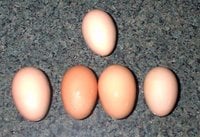
Buckeye eggs
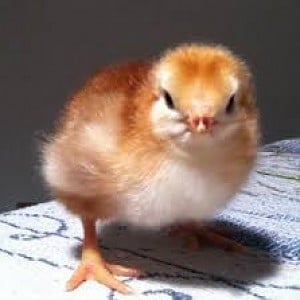
Buckeye chick
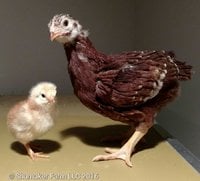
Buckeye juvenile
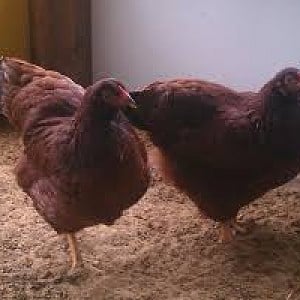
Buckeye hens
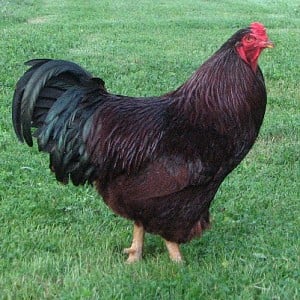
Buckeye rooster
For more information on this breed and their owners' and breeders' experiences with them, see our breed discussion here: https://www.backyardchickens.com/threads/chicken-breed-focus-buckeye.1018336/




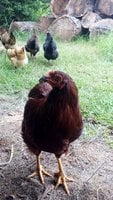
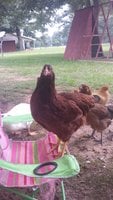



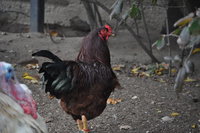






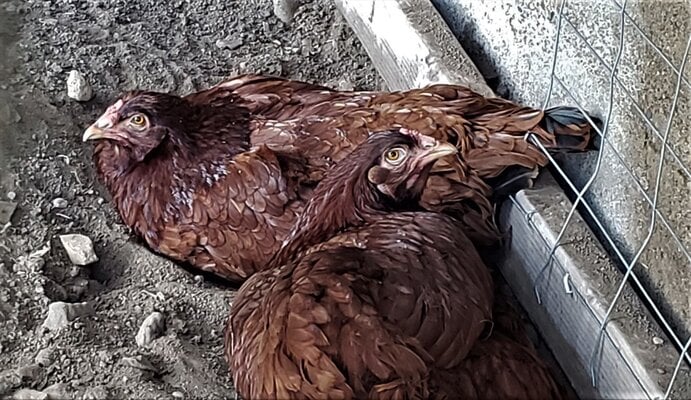

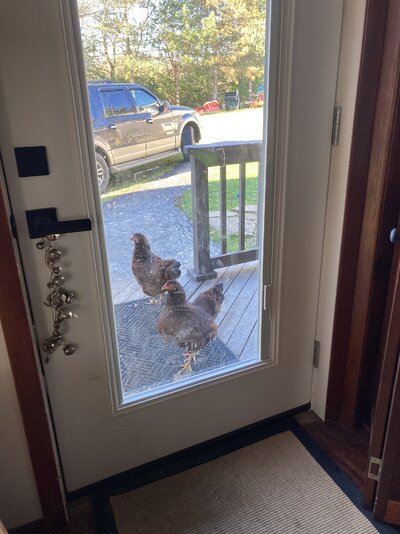

 welcome to the Midwest ppl.)
welcome to the Midwest ppl.)
 LOL!
LOL!